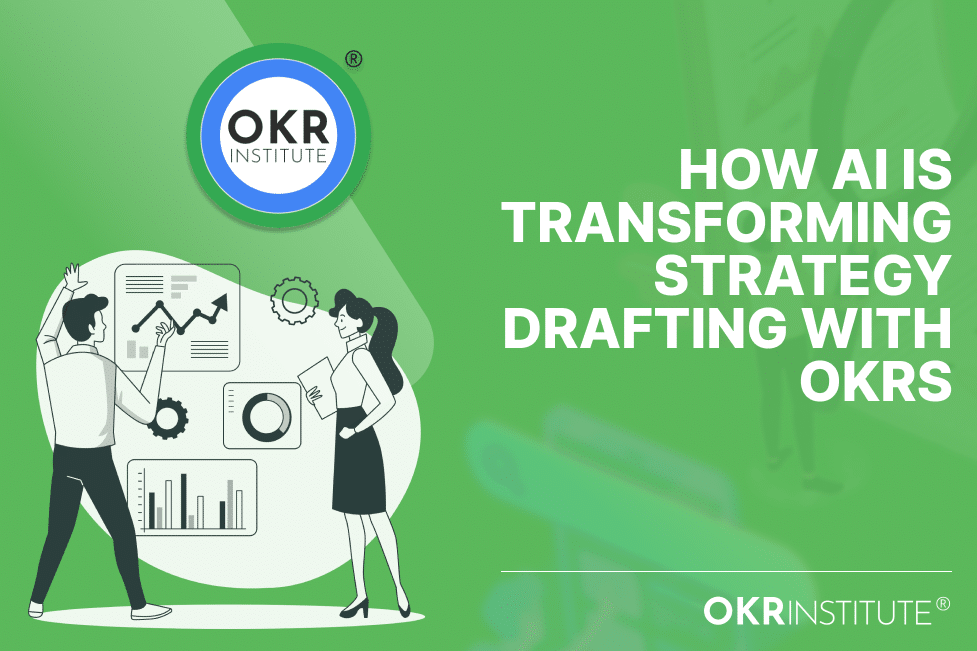Cómo la IA está transformando la redacción de estrategias con OKR

Cómo la IA está transformando la redacción de estrategias con OKR
In today’s fast-paced business world, the integration of Artificial Intelligence (AI) into strategy drafting, particularly through Objectives and Key Results (OKRs), is revolutionizing how organizations set and achieve their goals. Here’s how AI is making a significant impact on this process.
Understanding OKRs and AI
OKRs (Objectives and Key Results) are a strategic framework for setting measurable goals, helping align efforts across an organization. AI complements this by offering tools that streamline the creation, alignment, and monitoring of these goals.
AI-Driven Enhancements in OKR Drafting
- Data-Driven Objective Setting: AI can analyze vast amounts of historical data to identify trends and suggest feasible objectives. This not only helps in setting realistic goals but ensures they are aligned with the strategic direction of the business.
- Collaborative Drafting Tools: AI facilitates smoother collaboration during the OKR drafting process. It can suggest objective statements, refine them through iterative processing, and ensure alignment among team members, significantly reducing time and effort involved.
- Real-Time Alignment and Adjustment: AI algorithms compare and align objectives across different teams, identifying overlaps or gaps. This alignment is crucial for cohesive strategy execution. AI tools also offer real-time tracking and adaptive updates, which are essential for maintaining the relevance of OKRs in dynamic business environments.
The Role of Design Thinking
Integrando design thinking into OKR drafting brings a human-centric approach to strategic planning. By emphasizing empathy and iterative feedback, design thinking ensures that OKRs are not only aligned with business goals but are also deeply connected with team capabilities and insights. This approach fosters greater engagement and creativity among team members, making the OKRs more effective and easier to execute.
Challenges and Solutions
While AI introduces numerous advantages, there are challenges such as potential data privacy concerns and the fear of job displacement. Addressing these involves ensuring robust security measures and viewing AI as a tool that augments human capabilities rather than replacing them. Emphasizing AI’s role in automating mundane tasks can help in focusing human efforts on more strategic, creative aspects of goal setting.
Case Studies and Success Stories
Several organizations have successfully integrated AI with their OKR processes, witnessing enhanced decision-making and strategic alignment. For instance, companies have used AI to discover new market opportunities through data analysis, leading to focused and strategic objective setting that spurred growth and innovation.
Conclusión
AI’s role in enhancing the drafting and alignment of OKRs presents a promising frontier for strategic management. By leveraging AI tools and combining them with human insight, organizations can achieve a more streamlined, effective approach to meeting their strategic goals. For more information on AI-driven OKR solutions, consider exploring resources and courses offered by the OKR Institute, which provide detailed insights and practical tools for integrating AI into your strategic planning process .
For detailed guides and further reading on AI-enhanced OKR drafting, the OKR Institute offers a wealth of resources that can be accessed aquí.
Director ejecutivo del Instituto OKR
Cursos relacionados
Mensajes recientes
Etiquetas
#OKR
Entrenamiento #OKR
Entrenador #OKR